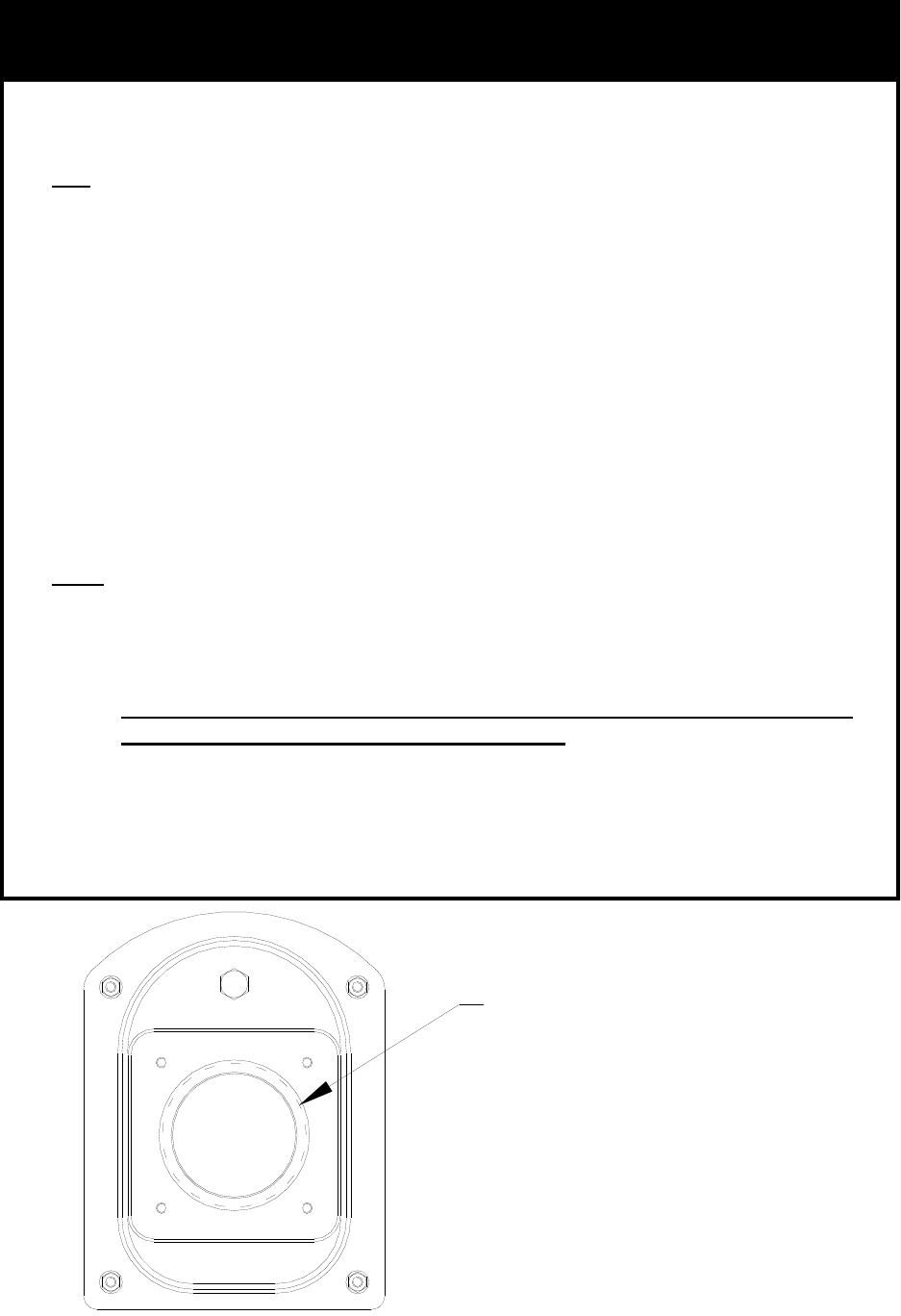Installation manual

Page 18
Good, reliable operation with a minimum of service, starts with attention to the small
details:
Oil:
1. Setting the nozzle position and electrodes "by the book" using the
manufacturer's gauges.
2. Installing a quality micron filter at the burner.
3. Making careful/tight flare connections, without couplings, on oil suction
line.
4. Checking fuel pump pressure.
5. Checking draft at the breeching to insure it is adequate to overcome flue
gas resistance. (-.02 to –.04 in. w.c.)
6. Setting the air band properly with well maintained instruments. A good
target is 11% to 12.5% of (CO
2
) or 6.5% to 3.8% of (O
2
).
To ensure proper burner setup, gauges should be used to check things such as the
pump pressure, CO
2
levels, etc…
Gas:
1. Checking the electrode, orifice size, and flame rod settings against
manufacturer’s specs to insure proper operation.
2. Installing properly sized gas piping according to BTU input required and
length of gas line run.
3. Making sure there is proper manifold pressure before and after the
gas valve using a calibrated manometer.
4. Checking draft at the breeching to insure it is adequate to overcome flue
gas resistance. (-.02 to –.04 in. w.c.)
5. Setting the air band properly with well maintained instruments. A good
target is 9.5% to 10.5% of (CO
2
) or 5% to 2.5% of (O
2
) for natural gas, or
10.0% to 12.0% of (CO
2
) or 5% to 2.5% of (O
2
) for LP gas.
8. Burner Setup
CUT INSULATION IN BLAST
TUBE OPENING TO 4.25"
TO ACCEPT CARLIN BLAST
TUBE.
TRIM INSULATION IN
BOILER DOOR OPENING
TO 4.25” FOR BECKETT AFG
BLAST TUBE.










